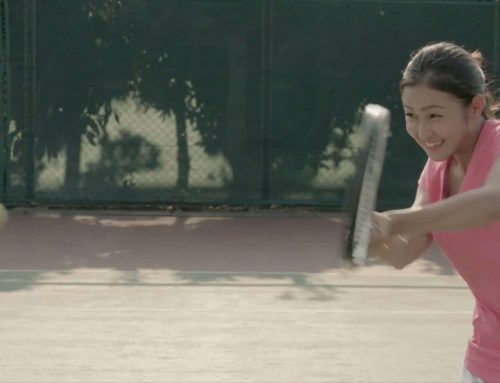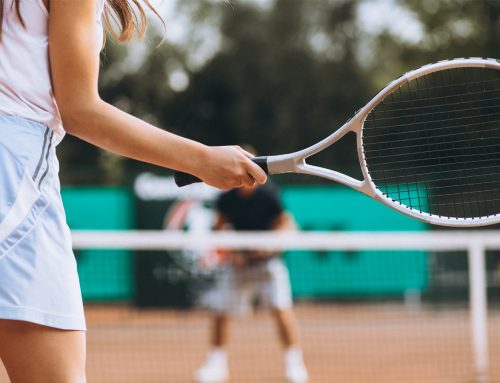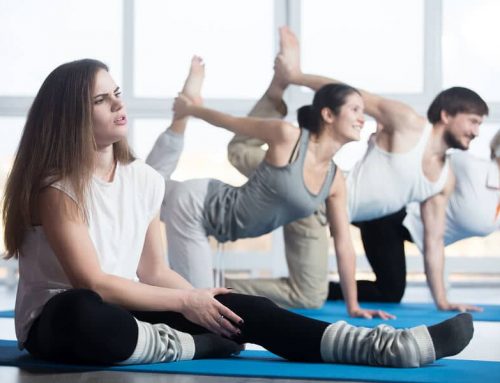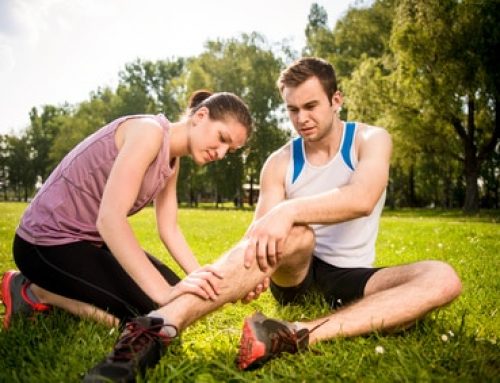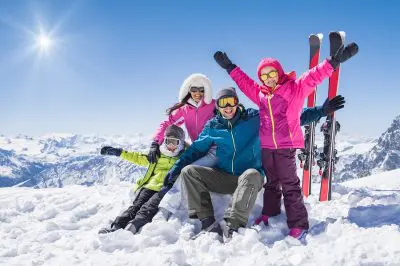
For many eager participants, the snow signifies the skiing season. The thrill of this popular winter sport places millions of skiers on the slopes each and every year. While skiing has a great safety record in comparison to other sports, the risk of injury still exists. According to the National Ski Areas Association, there were 510 reported serious injuries during the 2017 season. With the skiing season here, one must take the extra precautions when hitting the slopes to ensure a safe and injury-free season. Below, we have outlined the most common ski injuries and tips on how to prevent them.
Skier’s Thumb
Skier’s thumb is an injury of the Ulnar Collateral Ligament which is the ligament that connects the bones of the thumb together; it is one of the most common injuries of the upper extremities. This type of injury can occur in any scenario where the thumb is stretched out during a fall. It can also occur when a skier fails to release the poles from their hand when they fall – the force is enough to tear or stress the ligament as the thumb is pulled backward or to the side.
Prevention
All skiers should learn to subconsciously release their ski poles in any case of a fall. Failure in doing so greatly increases your risk of injury as the pole can add much stress to your thumb joint. Falling without an outstretched hand helps to minimize the risk of injury as well. Additionally, to enable quick release in case of a fall, use poles that do not have wrist straps but have finger-groove grips.
MCL Sprain
This is one of the most common knee injuries and it is most prevalent in freestyle skiers. Due to the compression and rotation of the knee while skiing, the knee’s vulnerability is substantially higher. It can occur when beginners maintain the snowplow position (when you bend your knees inward so your skis form the shape of a triangle) for long periods of time, which causes stress to the ligament. It can also result from the force placed on your knees when your skis diverge. Twisting motions during a fall contribute to injury as well.
Prevention
The knee often times goes unprotected during skiing. Wearing a knee brace will help minimize injury as it offers extra support and will help to stabilize the knee.
ACL Tear
Another prevalent lower extremity injury seen in skiers is an injury to the Anterior Cruciate Ligament, or the ACL. The risk of ACL tears are very common in skiers as opposed to other sports because your feet are bound to ski boards which act independently from one another. One foot may continue its course while the other foot may be caught. Also, since your feet are bound to their skis, this forces the knee to provide most of the motion for your legs.
There are a number of scenarios in which the ACL can be torn. One instance is when the skier lands a fall and they are sitting too far back in their skis. It also can happen when a skier falls and their knee or knees twist while their foot remains in the ski. Landing on an overextended knee will also create enough added stress and pressure to rupture the ACL.
Prevention
In case of a fall, there are a number of proper fall techniques to take to help prevent injury. If possible, keep your legs flexed to keep them from getting overextended. Do not lean back on your skis and do not attempt getting up from your fall until you have come to a complete stop.
Shoulder fractures/dislocations
Collisions and falls are the most common mechanism for shoulder injury while skiing. Skiers often hold their arms out to break their fall due to natural instinct; this can lead to fractures and dislocations of the shoulder as the force from the fall can travel up the arm. Other scenarios include falling directly on the shoulder or falling on an outstretched arm whilst the rest of the body twists, pushing the shoulder out of its joint.
Prevention
Most shoulder injuries occur due to falling on an outstretched hand. Try to keep your arms close to your body if you are falling.
Other prevention tips
Ski-related injury rates have drastically fallen from the 1970’s. Though the advances in slope design and the modernization of ski equipment has helped to reduce injuries, one must take extra precaution to avoid harm and injury. While there are a number of outside variables which you cannot control, such as the terrain, conditions, and difficulty of the slope, there are a number of other preventative measures you can take to minimize your risk of injury.
Research shows that cold muscles, ligaments, and tendons are more prone to injury. A good warm-up will not only help to prepare your muscles and joints for their maximum flexibility but also improve the blood flow to the working muscles. This will lessen the chance of overstretching a muscle. In addition, a proper cool down will help reduce muscle soreness, as your body releases lactic acid during your workout activity.
Having the appropriate equipment will also help to reduce the chance of injury. If your ski equipment is improperly sized or is not functioning correctly, you are putting yourself at a greater risk of harm. Ensure your bindings properly fit to your height and weight. Additionally, have your equipment checked every ski season so that defaults and defects can be caught. The use of helmets and knee-pads will also help protect you from serious injuries in case of collision or other accidents.
Last but not least, 85% of ski injuries result from falls and falling improperly. If you think you are going to fall, try to fall to your side rather than backwards to prevent any body harm. Also, try to break the habit of breaking your fall with your hands and keep your arms to your side. By adopting the proper fall techniques, you will greatly reduce the risk of injury.
Hope you all have learned something new from this article – now have fun on the slopes and be safe!
Published By:
Empire Physical Medicine & Pain Management
7 W 45th St floor 9,
New York, NY 10036
Phone: (646) 665-7109
Website: https://manhattanpainrelief.com


